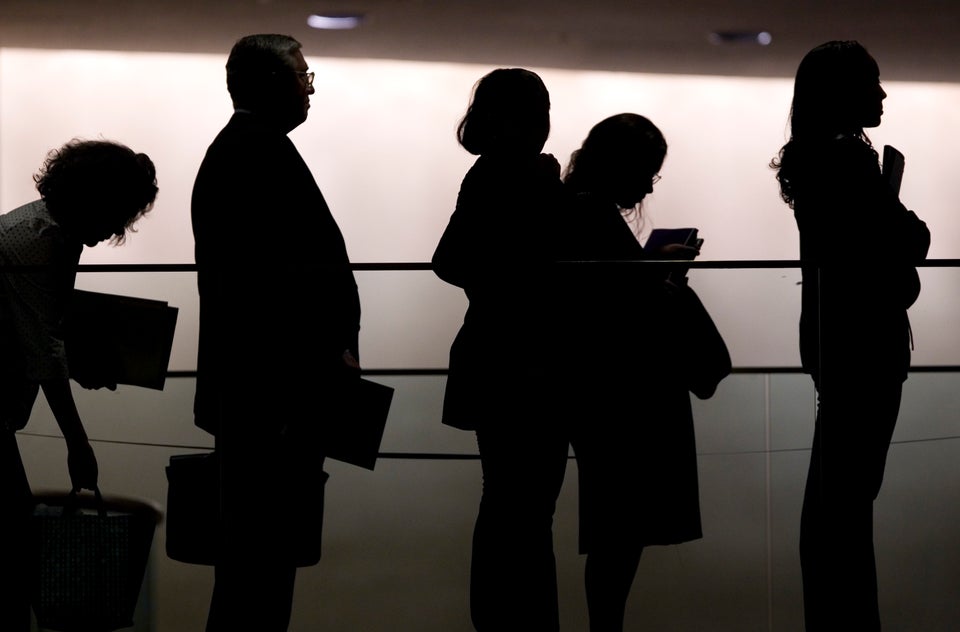Those looking for work face some of the worst odds in the past 13 years, according to Bureau of Labor Statistics numbers released Tuesday.
The bureau's monthly survey tracking job openings and labor turnover was a little less robust than the agency's better-known unemployment report that was released on Friday. According to the new report, there are more than three unemployed people competing for every job opening in the country, and people are quitting their jobs far less than they should be.
The survey showed that there were 3.8 million job openings in the U.S. in May. That's up from about 2.3 million at the worst of the recession, but still well below the peak of 4.7 million openings before the slowdown. In the jobs report on Friday, the BLS said there were 11.8 million people still looking for work.
When both reports are considered together, that means there are 3.1 unemployed people competing for every one job.
The other troubling thing Friday's report didn't show is that there is not a lot of "churn" in the labor market right now. The new JOLTS data reveal that the total number of people getting hired each month and the total of people leaving jobs each month are both lower than before the recession by about 1 million workers.
People just aren't finding new jobs and leaving old ones like they did before the recession -- making the challenge for those three people per job even more difficult.
Just 2.2 million people, or 1.6 percent of workers, quit their jobs in May, which has been roughly the quit rate for most of the past two years. Before the recession, that quit rate was consistently higher -- about 2.2 percent of all workers, or about 3 million people.
"The reason there is less churn today is that jobs are so scarce that employed workers are much less likely to quit the job they have," Heidi Shierholz, an economist at the Economic Policy Institute, wrote in a note about the report. Because leaving a job for a better opportunity can be an important way for workers to advance, this depressed rate of voluntary quits represents millions of lost opportunities.
There are always more job openings than there are workers to fill them. But the disconnect has never been this wide in the 13 years that the BLS has kept track of the numbers. Shierholz points out that, even after four years of recovery, the ratio of unemployed workers to job openings is still higher than it was at the worst of the 2001 recession.
Quitting one job for another is one way workers can get a big increase in pay. A low quit rate might help explain why wages have been relatively stagnant in the recovery so far. A new study by the National Employment Law Project finds that the median hourly wage for workers fell by 2.8 percent between 2009 and 2012. Naturally, the worst of this wage decline has been felt by the lowest-paid workers, the NELP notes.
Not coincidentally, most of the industries with the highest numbers of job openings in May, according to the JOLTS data, were lower-paying sectors, including health-care services, retail sales and restaurants.
